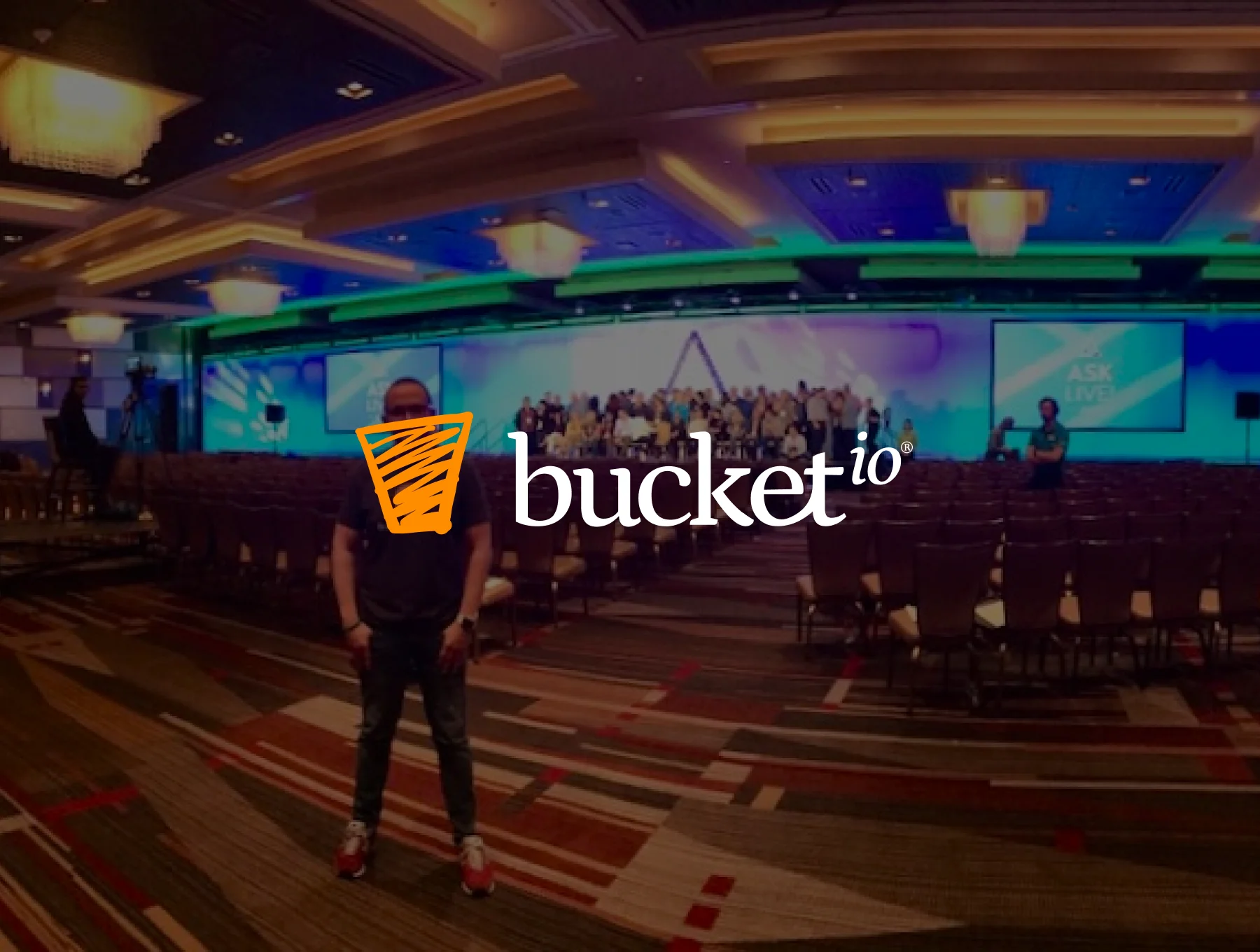Bucket’s founders spent nearly two years trying to build their marketing SaaS product with a remote agency on the other side of the world. The 12-hour timezone difference meant meetings happened at midnight. Language barriers turned every feature discussion into a multi-day email thread. Cultural misalignment meant the team didn’t understand the product vision, the market, or what “good enough to ship” actually meant.
After burning through two years and significant budget with almost nothing to show for it, Bucket’s founders were ready to give up or find a partner who actually understood how to build software for a U.S. market.
Wasted with wrong agency
Full-stack team built
From rescue to acquisition
Still maintaining & releasing
Rescuing a Stalled Product with Strategy and Execution
When Bucket approached Ideaware, they were frustrated, behind schedule, and questioning whether their product idea was even viable. The problem wasn’t the idea, it was execution. They needed a team that could work in U.S. time zones, communicate fluently in English, understand their market, and actually ship working software.
We didn’t start by writing code. We started with product strategy: understanding what Bucket had tried to build, what their customers actually needed, and what an MVP should look like. Then we assembled an MVP team (senior full-stack engineers, a product designer, and a QA specialist) and rebuilt the product from scratch using a modern, maintainable tech stack: React on the front end, Ruby on Rails on the back end, and AWS infrastructure.
Within 4 months, Bucket had a working product they could demo to customers. Within 6 months, they were signing paying users. The difference wasn’t just technical skill, it was alignment. Our team operated in U.S. time zones, collaborated in real-time, and understood what “ship fast” actually means in a competitive SaaS market.
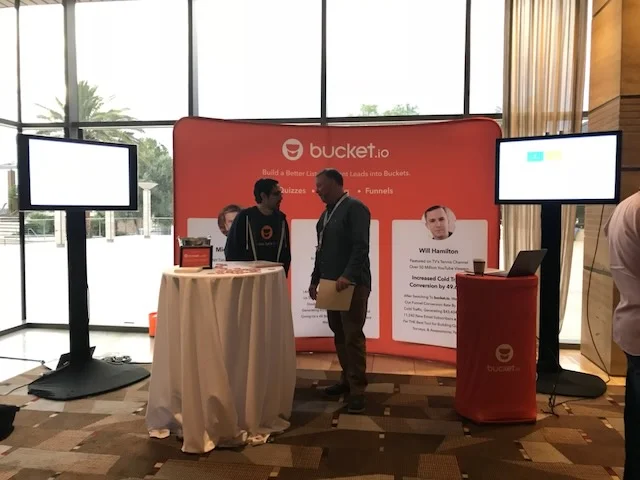
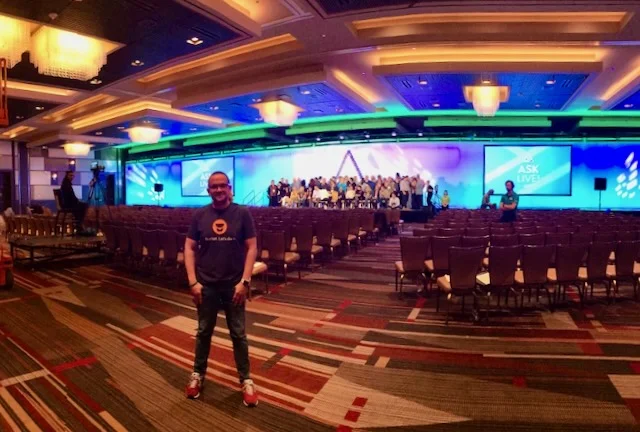
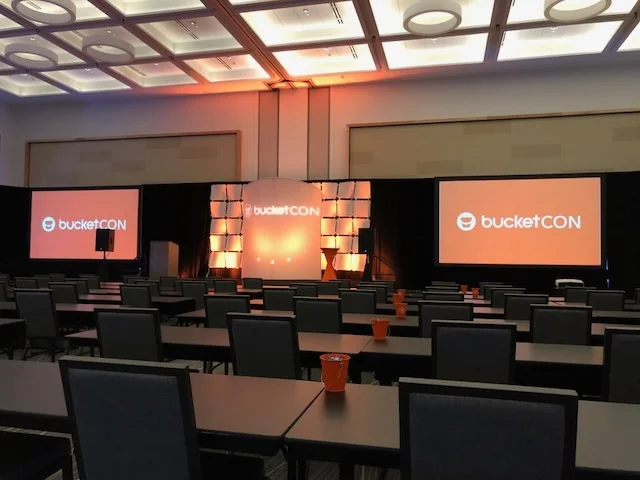
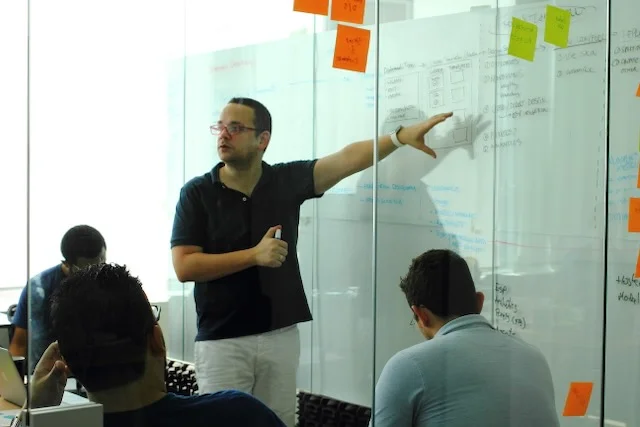
Scaling to a Full Product Organization
After launching the MVP, Bucket needed to scale fast. We grew the team from the initial MVP pod to a 30+ person product organization spanning every function: front-end engineers (React), back-end engineers (Ruby on Rails), DevOps engineers managing AWS infrastructure, product designers, QA specialists, and customer support.
As Bucket’s product matured, we added AI capabilities to differentiate them in a crowded market. We brought in AI/ML engineers who integrated machine learning features that automated workflows and delivered predictive insights, capabilities their competitors didn’t have. That AI layer became a core part of Bucket’s value proposition and a key selling point during acquisition discussions.
The team wasn’t just executing, we were maintaining and evolving the product. Every sprint delivered new features, performance improvements, and bug fixes. Bucket’s founders could focus on sales, marketing, and fundraising while we handled the entire product operation.
The Results and Beyond
Three years after Ideaware took over product development, Bucket was acquired by ScoreApp.com for $15 million. The acquisition wasn’t just about the product, it was about the team and the infrastructure we’d built. ScoreApp knew they were acquiring a product that was actively maintained, scalable, and supported by a team that knew the codebase inside and out.
The partnership didn’t end with the acquisition. We continue to release new features, maintain the platform, and support Bucket’s growing user base post-acquisition. ScoreApp didn’t need to rebuild the team or figure out how to maintain the product, they inherited a fully operational engineering organization that keeps shipping.
Bucket’s story isn’t about a quick MVP or a lucky exit. It’s about what happens when you replace a dysfunctional offshore team with a nearshore partner that operates like an extension of your company. Two years of stalled progress turned into three years of rapid growth, and the product that almost died became a multi-million dollar acquisition.
"We wasted two years with the wrong team. Ideaware didn't just build our product, they rescued it. They gave us speed, clarity, and a team that actually understood what we were trying to build. The acquisition wouldn't have happened without them."

